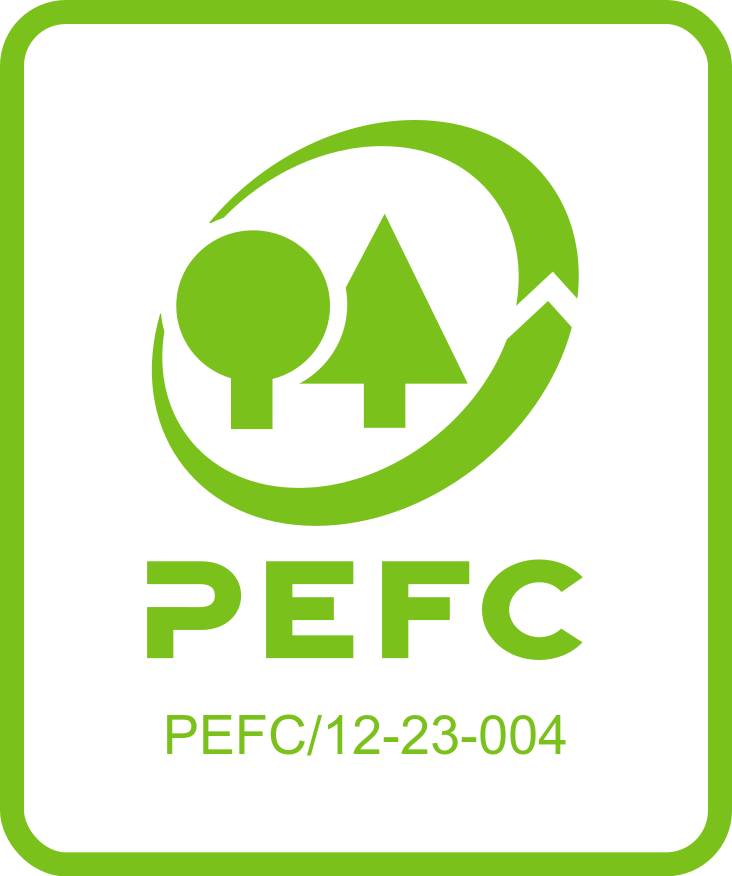Logging and conversion of the forest is just one part of the forestry activity cycle. The country’s law, which is reviewed every five years, regulates the volume of each wood species that is allowed to be cut. While planning the forestry activities, first the area receives a general valuation, in order to assess what will be used for cutting and which trees will, for a number of reasons, have to be left. Second, activities aimed at preserving the territory’s existing or potential ecological value are looked at: tending, renewal, preservation. Third, the forest’s value to society is considered – everyone loves from time to time to take a walk in the forest and breathe fresh air, and to ensure this is possible, forest areas for these specific purposes should be planned.
According to the nature protection guidelines of Joint Stock Company “Latvia’s State Forests” (LVM) for trees cutting, at least ten so-called “ecological” mother trees should be left for each hectare of cutting area. However, in the moist areas of black alder stand, it should be thirty trees. This is between 2 and 6 times more than is required by the law. In case the cutting area is situated along a road or near a socially significant or leisure place, our forester also ensures that the remaining trees are not only the biggest ones, but also form a group, keeping the composition of the grove with the range of plants and everything that should be there. Usually a cutting area has regular borders and the mother trees left there do not significantly change the appearance of the landscape. However, if it is possible to place these trees in a group in the cutting area, the area’s borders will not look regular anymore, and this will look nicer to people passing by.
The biggest beneficiaries from the mother trees left in the cutting areas are birds: woodpeckers, cuckoos, wood pigeons, different types of both diurnal and nocturnal birds of prey. The number of woodpecker-type birds has increased considerably in the last ten years. As they are the “medics” of the forest, they appear not only in the areas where cutting is going on, but also gladly use the remaining trees for mating and nesting places. In natural circumstances they give priority to thinned and light forest plantations, where during the mating period they can be heard from far away.






